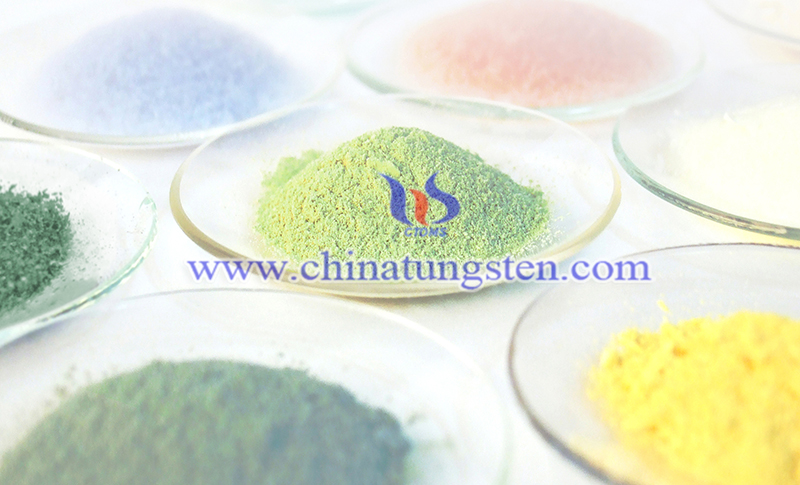Tsinghua Develops Hybrid MoO3 Sub-Nanobelt Superstructures
- Details
- Category: Tungsten's News
- Published on Wednesday, 09 December 2020 21:07
By incorporating four kinds of tungsten-based polyoxometallate (POM) clusters into the synthetic system of MoO3 during the nucleation step, the Tsinghua research team successfully prepared four kinds of super-flexible hybrid sub-nanobelt superstructures (HSNSs). When the size of nanomaterials reduces to the sub-1 nm scale, benefiting from size-induced mechanical flexibility and nearly 100% exposure of surface atoms, some new physical and chemical phenomena emerge, such as flexibility and polymer-like rheology.
Molecular dynamics (MD) simulations demonstrated that POM clusters interacted with MoO3 molecules and co-assembled into stable HSNSs, which could shrink, bend, curl and twist randomly in space and show super-flexible properties. These four kinds of MoO3–POM HSNSs not only performed high photothermal conversion but also showed excellent catalytic activity in the oxidation of thioethers at room temperature. The research paves the way for synthesis and broader applications of super-flexible cluster-inorganic-materials-based HSNSs.

Recently, Wang Xun's team from the Department of Chemistry of Tsinghua University successfully prepared four super-flexible and excellent energy conversion and catalytic activity binary hybrid MoO3 polyacids. With the development of science and technology in recent years, the size effect is playing an increasingly important role in nanomaterials. When size of the material is gradually reduced to the critical size, the specific surface area and atomic exposure rate of the material will increase sharply, and the electron and band structure will also change accordingly, which will often produce some new physical and chemical phenomenon.
Sub-nanometer is a unit of degree that is small in nanometers, and is close to the critical size of the diameter of a single unit cell of many crystals and linear polymers. When the size of chemical materials is reduced to the sub-nanometer scale, the physical and chemical properties of the material will increase, such as flexibility, polymer-like properties, etc.
Although several sub-nano materials with flexible and polymer-like properties have been reported, these materials often contain only one component. Therefore, how to design and synthesize super-flexible, high-performance multi-hybrid sub-nano superstructures still faces huge challenges. Wang Xun's team at Tsinghua adopted the new method to introduce four different tungsten-based polyacid clusters to interfere with the nucleation during the MoO3 nucleation stage. The nuclei are assembled and finally grow to form four super-flexible binary hybrid sub-nanobelt superstructures with almost identical morphologies.
Thanks to the unique sub-nano structure and the synergistic effect between multiple components, the prepared four binary hybrid sub-nanobelt superstructures show excellent photothermal conversion under laser irradiation with a wavelength of 808 nm, it also has very efficient catalytic activity and selectivity in the room temperature organic catalytic oxidation reaction of thioether. This work will provide new ideas for the further design and synthesis of super-flexible, high-performance multi-element hybrid cluster-inorganic sub-nano materials.
| Molybdenum Supplier: Chinatungsten Online www.molybdenum.com.cn | Tel.: 86 592 5129696; Fax: 86 592 5129797;Email:sales@chinatungsten.com |
| Tungsten News & Prices, 3G Version: http://3g.chinatungsten.com | Molybdenum News & Molybdenum Price: http://news.molybdenum.com.cn |



 sales@chinatungsten.com
sales@chinatungsten.com